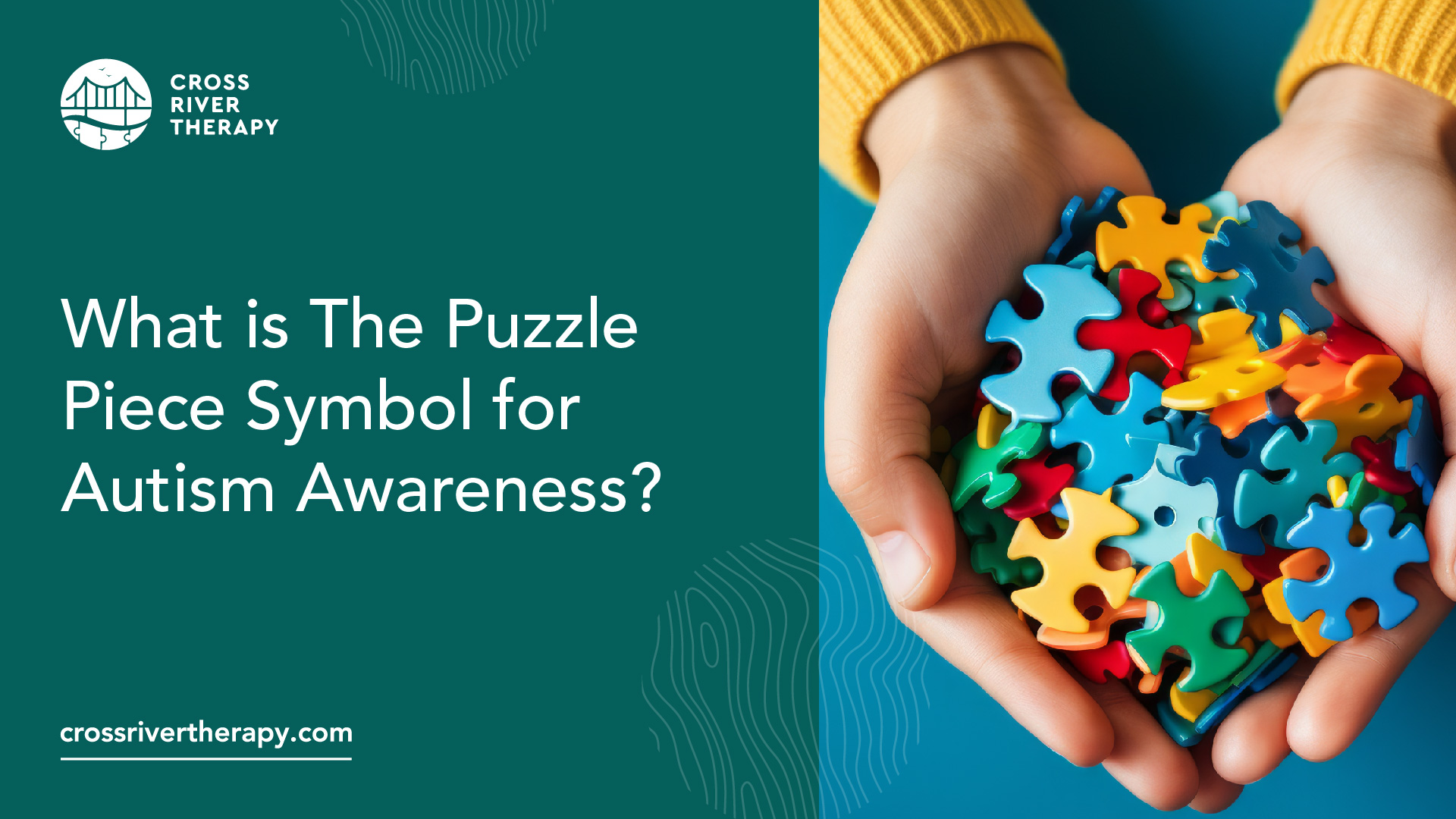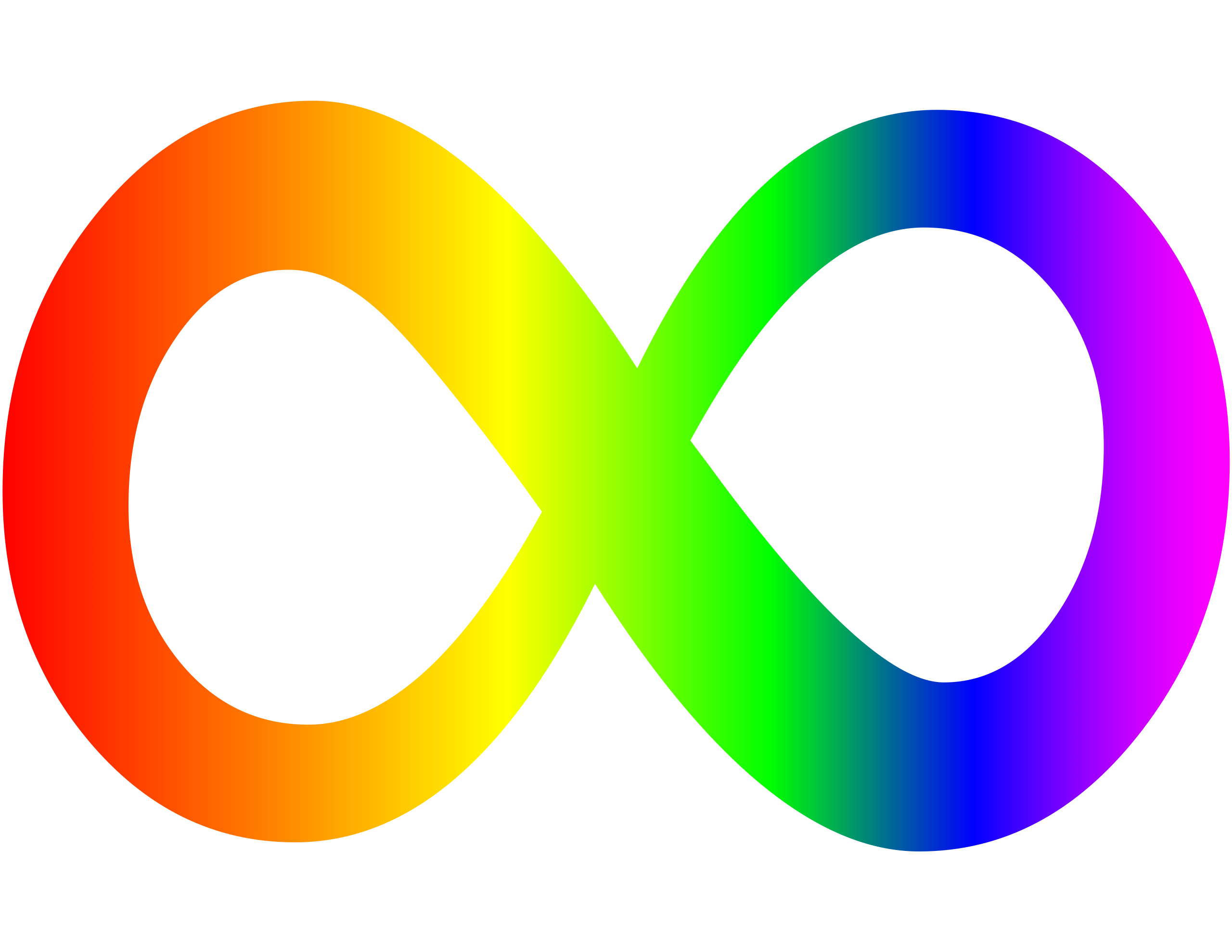What is The Puzzle Piece Symbol for Autism Awareness?
Explore the evolution and significance of the autism awareness symbol, empowering unity in diversity.
The Puzzle Piece Symbol
The puzzle piece symbol is a well-recognized sign of autism, which many associate with the disorder. It is a powerful emblem, uniting individuals with autism, their families, and advocates in the quest for greater understanding and acceptance. Let's delve into the origins and significance of this pivotal autism awareness symbol.
Origin of the Puzzle Piece
The puzzle piece symbol was first used as the autism awareness symbol in 1963 by the National Autistic Society in London, England. It was designed by Gerald Gasson, a parent of an autistic child, and was meant to symbolize the complexity and mystery of autism. The decision to use the puzzle piece was influenced by a collective group of 15 individuals, including those with autism and advocates of the disorder.

The unique design, featuring multi-colored, interlocking puzzle pieces, represented autism as a "puzzling condition." Over the years, the symbol has evolved, reflecting a shift towards more authentic representation informed by the autistic community.
Significance of the Puzzle Piece
The puzzle piece, with its intricate interlocking design and vibrant color scheme, is intended to symbolize the idea that autism is a complex puzzle in the human brain. The multi-colored puzzle piece conveys the idea of diversity and the challenge of piecing together the puzzle of autism.
The Autism Awareness Symbol serves as a visual representation of the autism community, fostering a sense of unity and support. It is often used in logos, jewelry, and clothing to raise awareness and promote understanding of autism.
The puzzle piece symbol is more than just an emblem. It is a beacon of hope, a call to action, and a testament to the strength and resilience of the autism community. It is a reminder of the ongoing efforts to understand the complexities of autism and the commitment to supporting and advocating for individuals with autism.
Criticisms of the Puzzle Piece
The puzzle piece has long been associated with autism awareness, but over time it has faced significant criticism for the connotations it carries. Understanding these criticisms provides important context for the evolving conversation about the autism awareness symbol.
Negative Connotations
The puzzle piece symbol was first introduced in 1963 by the National Autistic Society in London as a symbol of the complex nature of the autism spectrum. Over time, however, the symbol has gained different interpretations, some less positive than others.
Critics argue that the puzzle piece symbol implies that people with autism are puzzling or incomplete, creating a negative perception of those on the spectrum. Additionally, the symbol has been critiqued for its infantilizing nature, disregarding autistic adults in discussions about autism. It's also said to portray autism as a disease that needs to be cured or treated, which many within the autistic community disagree with [6].
Responses from the Autistic Community
The autistic community has expressed a range of responses to the puzzle piece symbol. Many have voiced their preference for alternative symbols that focus on acceptance and understanding, rather than on puzzles or problems.
In particular, the neurodiversity movement and some autistic individuals criticize the puzzle piece for its suggestion of being "incomplete" or a "puzzle to be solved." These critiques have led to the creation of alternative symbols like the rainbow infinity symbol or the rainbow neurodiversity infinity loop. These symbols aim to celebrate the diversity of the autism community, focusing on acceptance and understanding, rather than on 'solving' or 'treating' autism [5].
The dialogue surrounding the autism awareness symbol continues to evolve. As we move towards a more inclusive society, it's important to consider the perspectives of those directly affected by these symbols and to foster an environment of understanding and acceptance.
Alternative Autism Symbols
While the puzzle piece has long been recognized as the symbol for autism, there has been a recent shift towards alternative symbols that seek to present a more positive and inclusive representation of autism. These include the infinity symbol, the butterfly symbol, and the rainbow spectrum symbol.

The Infinity Symbol
The infinity symbol is a relatively new addition to the collection of autism symbols. It emphasizes inclusion, remembrance, and continuous cognitive growth for individuals with Autism Spectrum Disorder (ASD). The symbol represents a never-ending journey of learning and development beyond therapy, providing an alternative for those who wish to focus on the continuous growth and potential of those with autism [2].
In some circles, the rainbow infinity symbol is preferred as it emphasizes the diversity and infinite possibilities of individuals with autism. This is seen as a more positive representation that promotes acceptance and understanding.
The Butterfly Symbol
The butterfly symbol is another alternative autism awareness symbol that has recently gained popularity. It signifies diversity, inspiration, and the constant evolution of one's abilities within society. This symbol provides a refreshing alternative for those who may find the puzzle symbol distasteful. The butterfly symbol, with its connotations of transformation and growth, presents a hopeful and empowering representation of autism.
The Rainbow Spectrum Symbol
The rainbow spectrum symbol has a close connection to autism. It is utilized to represent the diverse range of symptoms and severity levels within the autism spectrum. Often, it is displayed alongside puzzle pieces or the infinity symbol to reflect the different aspects of ASD. The use of a spectrum of colors highlights the diversity within the autism community and helps to counteract any notions of homogeneity.
These alternative symbols are part of a larger movement to promote a more inclusive and positive understanding of autism. As perceptions of autism continue to evolve, these symbols serve as powerful reminders of the diversity, potential, and inherent value of individuals with autism.
The Role of Color in Autism Symbols
Color plays a significant role in the symbolism of autism awareness. It helps to convey various messages and evoke different emotions, strengthening the impact of the autism awareness symbol. In this section, we'll discuss the significance of blue in autism symbols, and the rainbow of colors often associated with autism.
The Significance of Blue
Blue is the dominant color associated with autism awareness. It represents support, calmness, understanding, and acceptance for individuals on the autism spectrum and their families. The blue color, often associated with Autism Awareness Day on April 2nd, symbolizes calmness for individuals with autism amidst potentially chaotic environments. This color is vigorously promoted by Autism Speaks through campaigns like Light it Up Blue.
The choice of blue is not arbitrary. It serves to communicate a sense of tranquility and peace, reflecting the desire for a calm and understanding environment for individuals with autism. The use of blue also encourages individuals and communities to foster a culture of acceptance and support for those on the autism spectrum.
The Rainbow of Autism Symbols
While blue is the primary color associated with autism, other colors are also commonly used to represent different aspects of autism. Each of these colors carries a distinct meaning, adding depth to the autism awareness symbol.
Below is a brief overview of the colors and their respective meanings:
All these colors, as outlined by ABTABA, are used to signify various aspects of autism. Red symbolizes love and support, yellow represents hope and optimism, and green signifies growth and new beginnings. Gold is used to represent the unique strengths and talents of individuals with autism. Lastly, the rainbow symbolizes the diversity and spectrum of autism, acknowledging that each individual with autism has a unique experience and journey.
In conclusion, colors play a crucial role in the symbolism of autism awareness. They serve as powerful visual tools, helping to communicate important messages and promote understanding and acceptance of individuals with autism.
The Evolution of Autism Symbols
The visual representation of autism awareness has seen a significant evolution over the years. The changes in the symbols used to represent autism reflect shifts in societal perceptions and a growing movement towards acceptance and inclusion.
Shifts in Perception
The traditional puzzle piece symbol for autism has faced widespread criticism for its negative connotations. Many autistic individuals have expressed concern that it portrays them as "incomplete" or a "puzzle to be solved", reinforcing negative misconceptions about the condition. This symbol, they argue, infantilizes autistic individuals, implies that they have missing pieces, and portrays autism as a disease that needs to be cured or treated, often disregarding autistic adults in discussions about autism.
These shifts in perception have led to a demand for alternative symbols that more accurately represent the experiences of individuals with autism.
The Movement Towards Inclusion
The neurodiversity movement and many autistic individuals have proposed alternative symbols that focus more on acceptance and understanding. These symbols aim to better represent the diversity and infinite potential of individuals with autism.
One such symbol gaining popularity is the rainbow infinity loop, seen as a more positive representation of autism, emphasizing the diversity and infinite possibilities of individuals with autism. Another is the Autism Acceptance symbol, which also features a rainbow infinity symbol or other positive imagery. These symbols are quickly becoming a preferred alternative, promoting acceptance and understanding of individuals with autism [5].
These changes reflect a broader shift in societal attitudes towards autism, moving away from the notion of autism as a problem to be solved, to recognizing and celebrating the diversity of the autism spectrum. As perceptions continue to evolve, it is likely that the symbols associated with autism will continue to change, better reflecting the experiences and perspectives of those they represent.
References
[1]: https://www.autismparentingmagazine.com/autism-symbols/
[2]: https://www.crossrivertherapy.com/autism/symbols-colors
[3]: https://www.linkedin.com/pulse/awareness-pride-evolution-autism-symbols-from-1963-amber
[4]: https://www.abtaba.com/blog/autism-colors-symbols
[5]: https://www.altogetherautism.org.nz/autism-no-puzzle-nothing-wrong-with-us/



